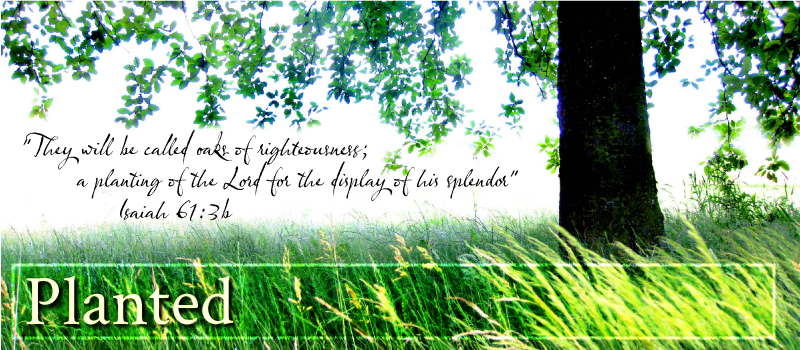
In 573 B.C., about fourteen years after Solomon's temple had been destroyed by the Babylonians, Ezekiel was given a vision of the city of Jerusalem and a restored temple. Ezekiel was taken to a “very high mountain,” where he is met by a man “whose appearance was like bronze.
The man said to me, “Son of man, look carefully and listen closely and pay attention to everything I am going to show you, for that is why you have been brought here. Tell the people of Israel everything you see.” 40:4
Why did God spend so much time on describing this temple especially since it has never been built? It must be important. According to the scripture here the temple will include the traditional outer court, the inner court, the main building, adjacent buildings, outer walls, and the altar. Compared to Solomon’s temple this building is very plain and simple in the manner of decor, but is a representative of purity and holiness. The sanctuary part is surrounded by a very high wall that makes a separation between the holy and the common. Of course there are many different views on the meaning of this vision given to Ezekiel. Here are four main ways this vision of the temple has been interpreted according to my NIV study notes:
- It's the temple that Zerubbabel should have built in 520-515BC and is the actual blueprint that Ezekiel intended. But due to disobedience it was never followed.
- This is a literal temple to be rebuilt during the millennial reign of Christ
- This temple is symbolic of the true worship of God by the Christian church right now
- This temple is symbolic of the future and eternal reign of God when his presence and blessing fill the earth.
We will read more about the temple vision in these last chapters of Ezekiel. Among all the detail there still remains much mystery which is where we are reminded of who is in charge. It is not enough to simply read God’s word but to seek to understand it while trusting in his sovereignty.

Amy, thanks for a great post today. You made everything so clear - and I was having "trouble" understanding some of this vision. You did a great job! As you said, I just have to trust in God's sovereignty because I surely don't understand everything I read and all the implications.
ReplyDeleteSometimes Scripture has a way of reminding us that He is God and WE are NOT! I think this is definitely one of those times. You did a great job of helping to summarize some not so easy to understand passages. Thanks for your post Amy!
ReplyDeleteI'm having flashbacks of our study, Amy!! It's wonderful to know that this temple could very well be literal or symbolic.....like Beth said: but, knowing God it could also be BOTH! Love it :)
ReplyDeleteI just wanted to note that when I read this I too had some difficulty in understanding the reason for the sacrificial rooms. I thought of two things and wanted to share if you don't mind. First that since the nation of Israel was under the old covenant, and the miracle of Jesus was yet to be revealed, a vision of the temple without the sacrificial rooms would not have seemed complete and would probably have been more confusing than hopeful. My second thought differs somewhat from Amy's with the sacrifice. I agree that Jesus paid the ultimate sacrifice and for our debt to be paid, we are covered. However I disagree with the statement that further sacrifice is needed. We are still called to sacrifice on the cross of ourselves. Our time, our money, and for some even their lives. I think the rooms for preparing the sacrifice are for us as well in that just any old sacrifice will not do, we are to prepare our sacrifice in a way that is pleasing to God. An example of the tithe comes to mind. When the tithe is given our of obligation or fear instead of worship and gratitude, it is no an acceptable sacrifice. Our motivation is just as important to God as our sacrifice, and we need to have our hearts "prepared" to make it.
ReplyDelete